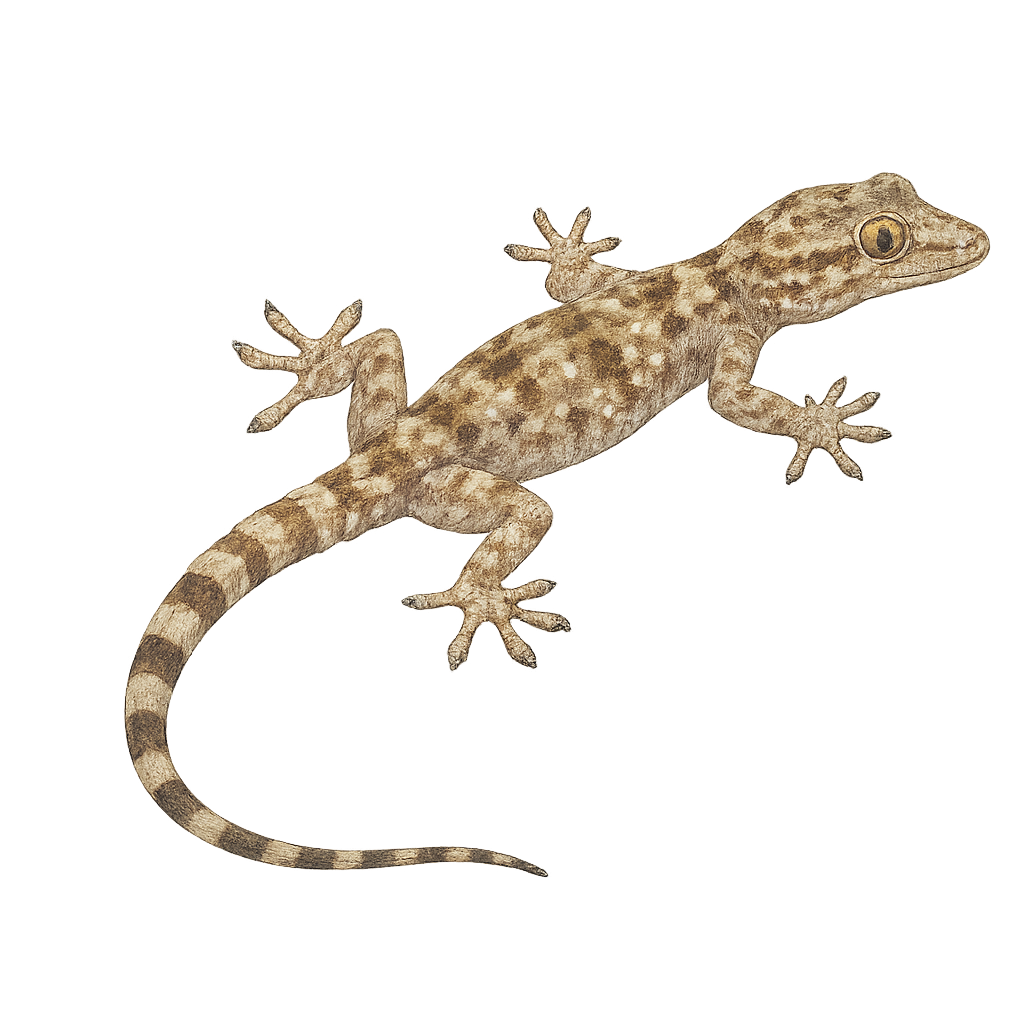Your wildlife photography guide.
Explore the mediterranean house gecko in detail, study its behavior, prepare your shots.
Where to observe and photograph the mediterranean house gecko in the wild
Learn where and when to spot the mediterranean house gecko in the wild, how to identify the species based on distinctive features, and what natural environments it inhabits. The WildlifePhotographer app offers tailored photography tips that reflect the mediterranean house gecko’s behavior, helping you capture better wildlife images. Explore the full species profile for key information including description, habitat, active periods, and approach techniques.
Mediterranean House Gecko
Scientific name: Hemidactylus turcicus

IUCN Status: Least Concern
Family: GEKKONIDAE
Group: Reptiles
Sensitivity to human approach: Tolerant
Minimum approach distance: 2 m
Reproduction period: October to November
Incubation: 40–60 jours
Births: October to November
Habitat:
urban areas, stone walls, gardens
Activity period :
Mainly active at night, generally discreet during the day.
Identification and description:
The Mediterranean House Gecko, Hemidactylus turcicus, is a small nocturnal gecko commonly found in Mediterranean regions. It typically measures between 7 and 15 cm, including the tail. Its skin is translucent and granular, often beige to light brown with darker patterns. The toes have adhesive pads, allowing it to climb vertical surfaces easily. It primarily feeds on insects and other small invertebrates. This gecko is often seen near human dwellings, taking advantage of artificial lights to hunt attracted insects. Although discreet, it is relatively tolerant of human presence.
Recommended lens:
Macro – adjust based on distance, desired framing (portrait or habitat), and approach conditions.
Photography tips:
To photograph the Mediterranean House Gecko, it's advisable to use a macro lens to capture the details of its granular skin and distinctive patterns. Shoot at night, as it is primarily active after sunset. Use a headlamp with a red filter to avoid startling it. Be patient and approach slowly to avoid disturbing it. Focus on shots on vertical surfaces where it often moves.
The WildlifePhotographer App is coming soon!
Be the first to explore the best nature spots, track rutting seasons, log your observations, and observe more wildlife.
Already 1 430 wildlife lovers subscribed worldwide

